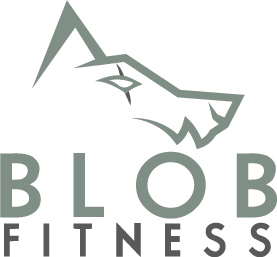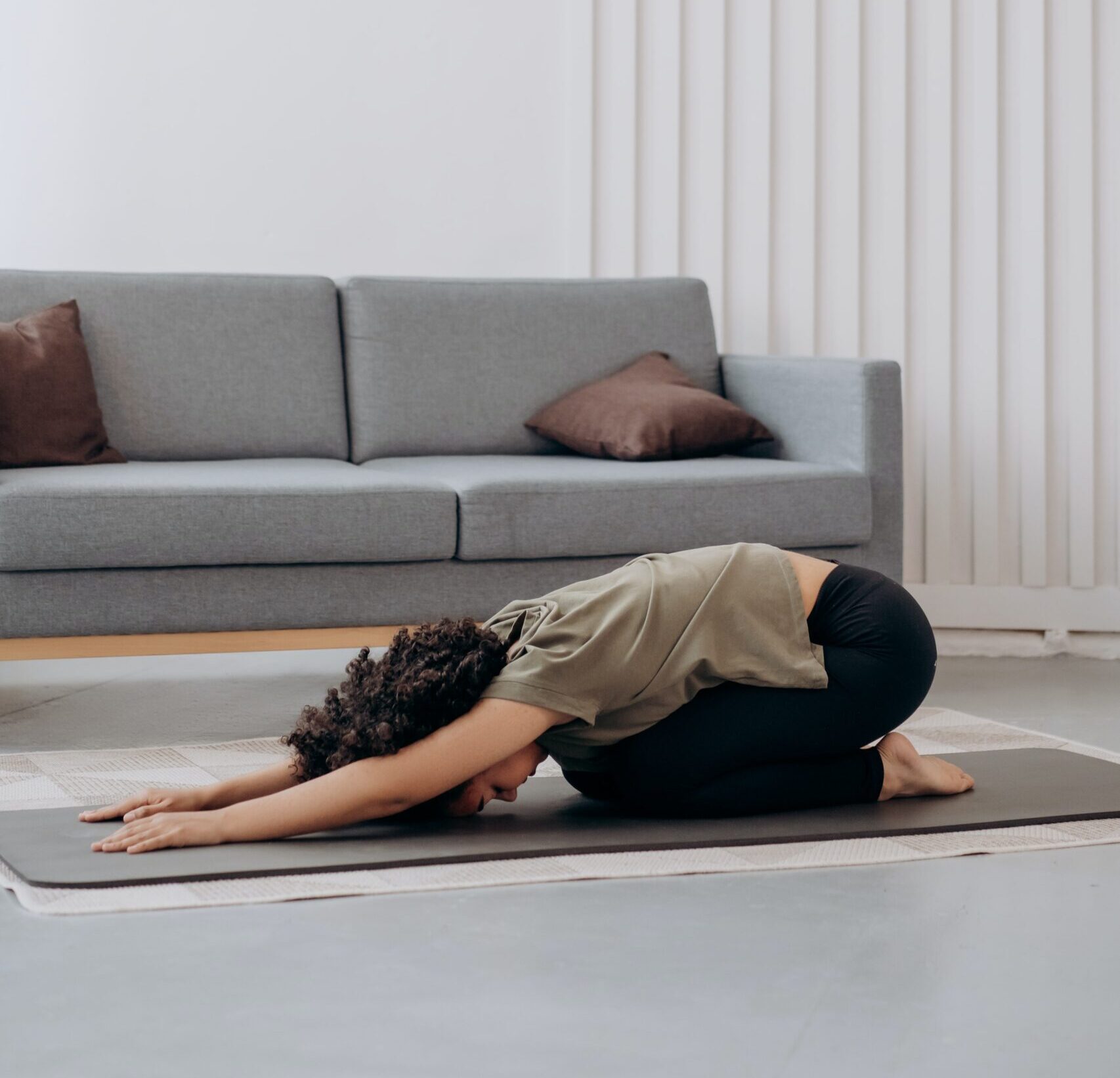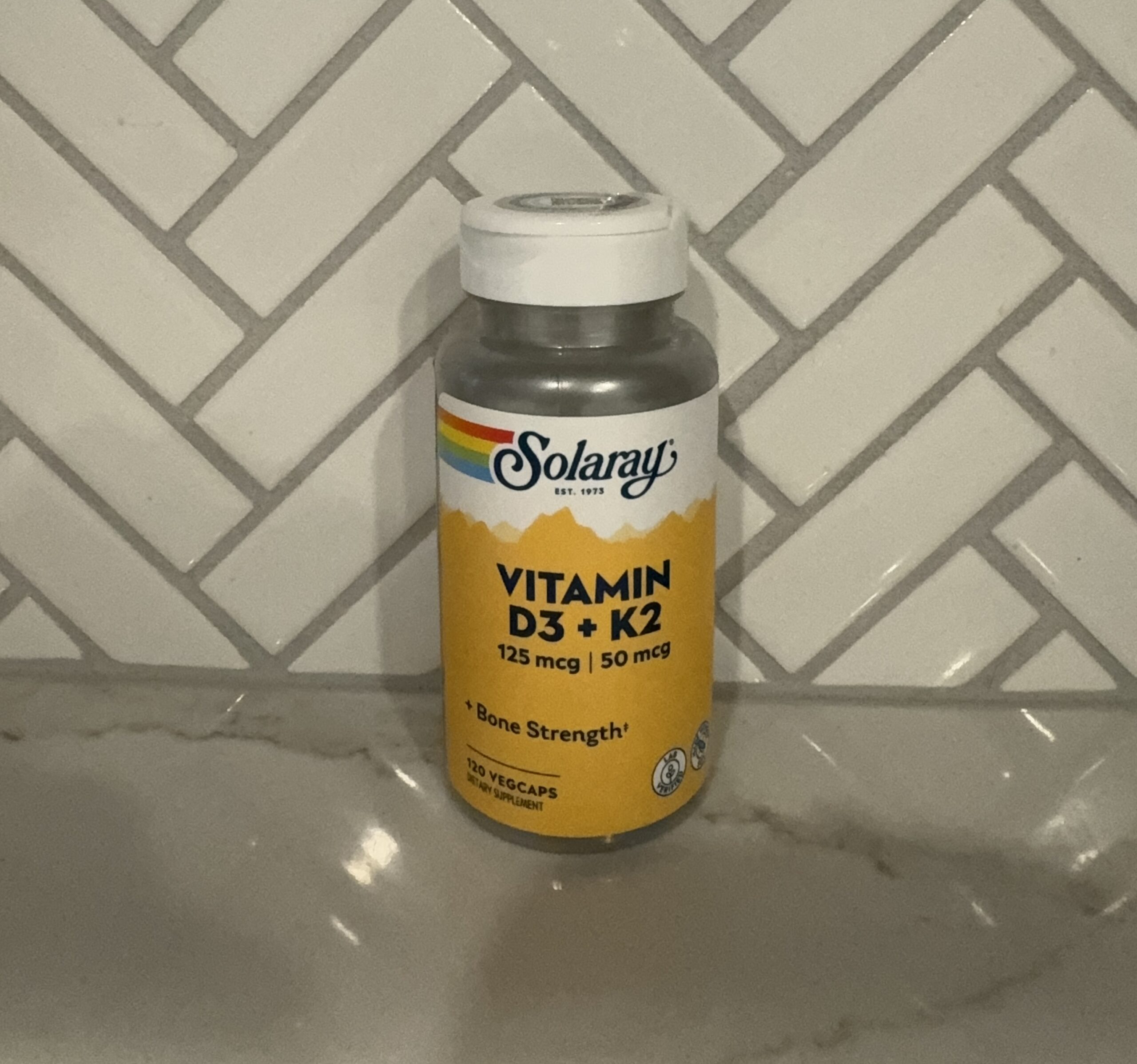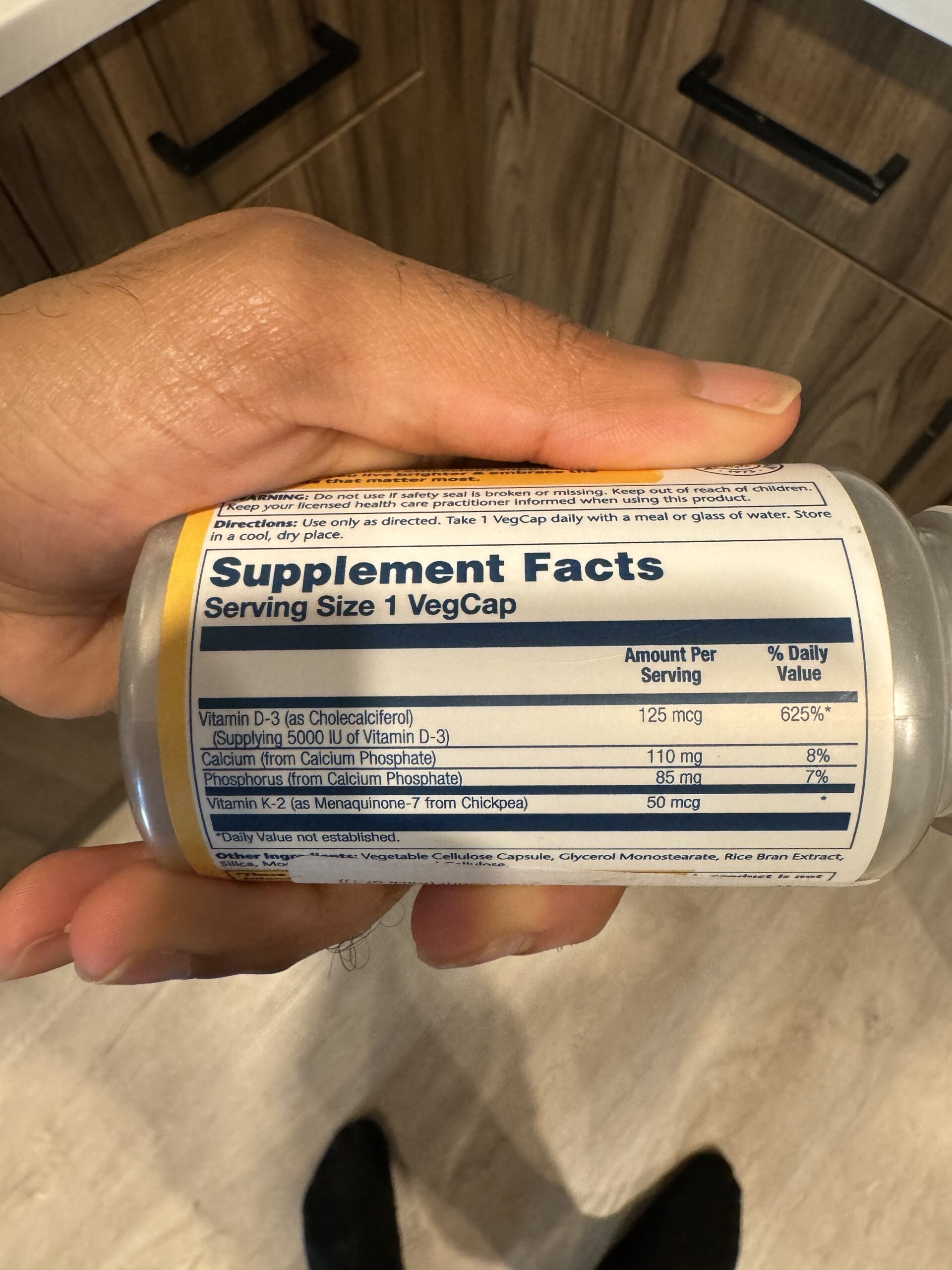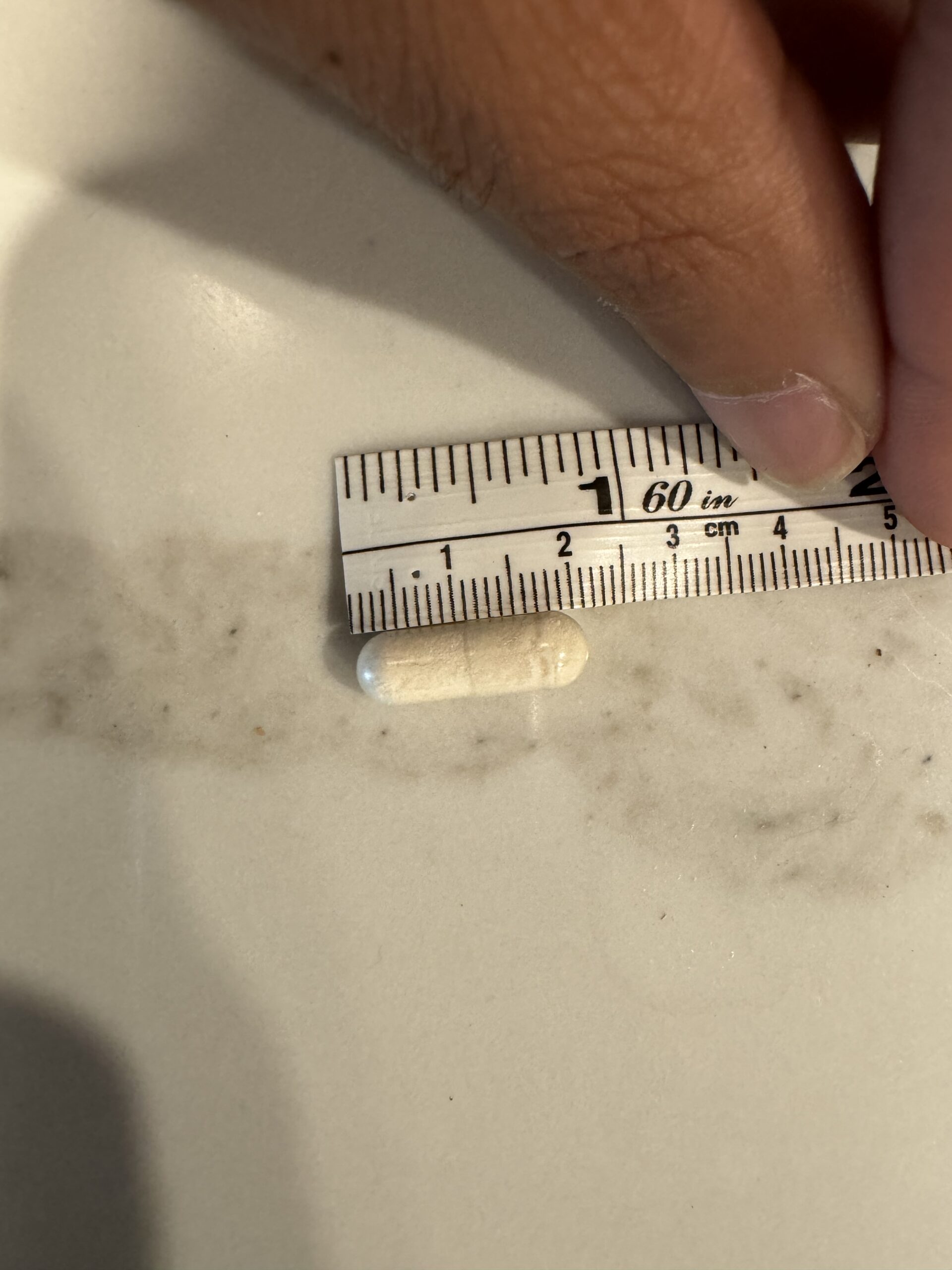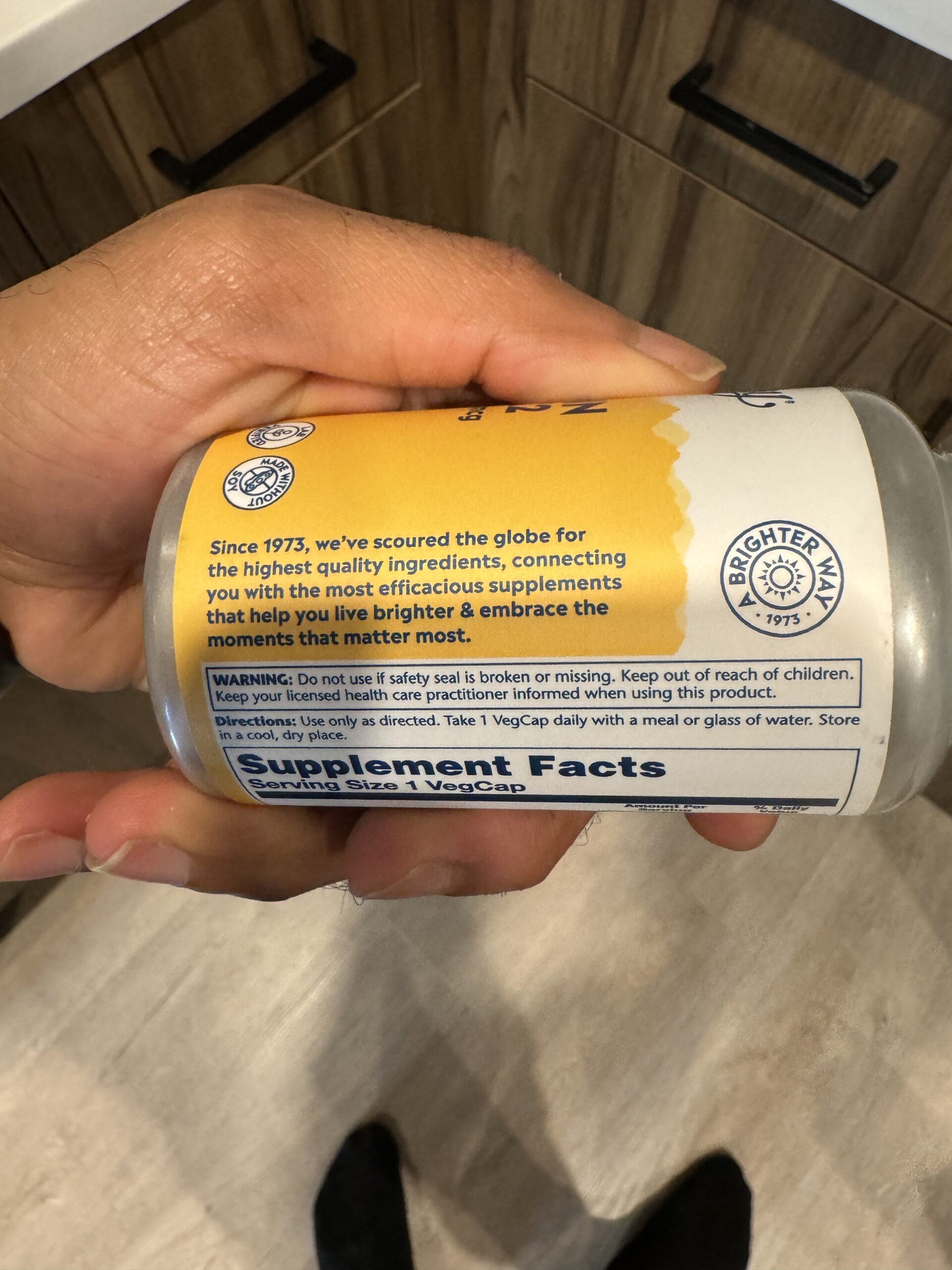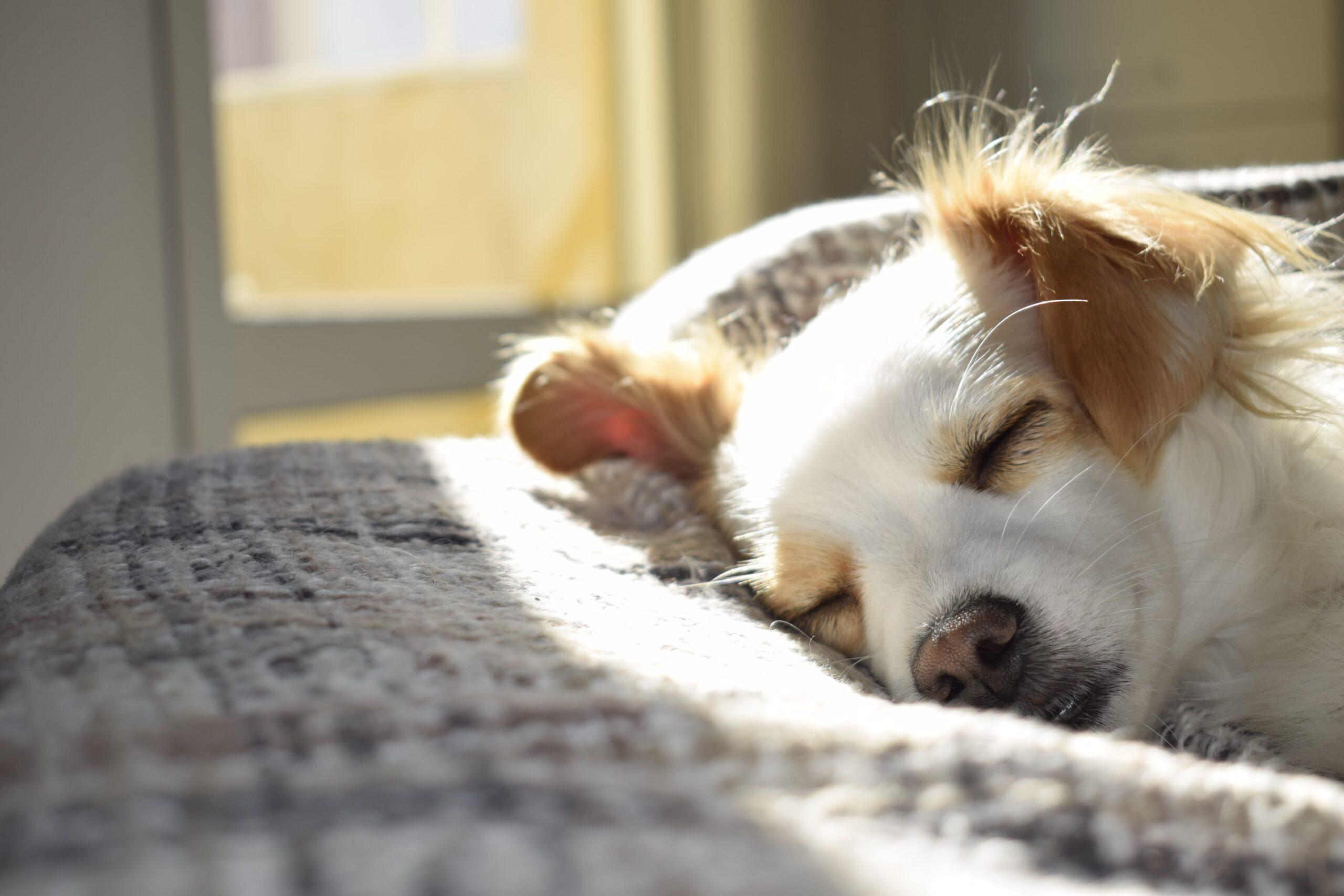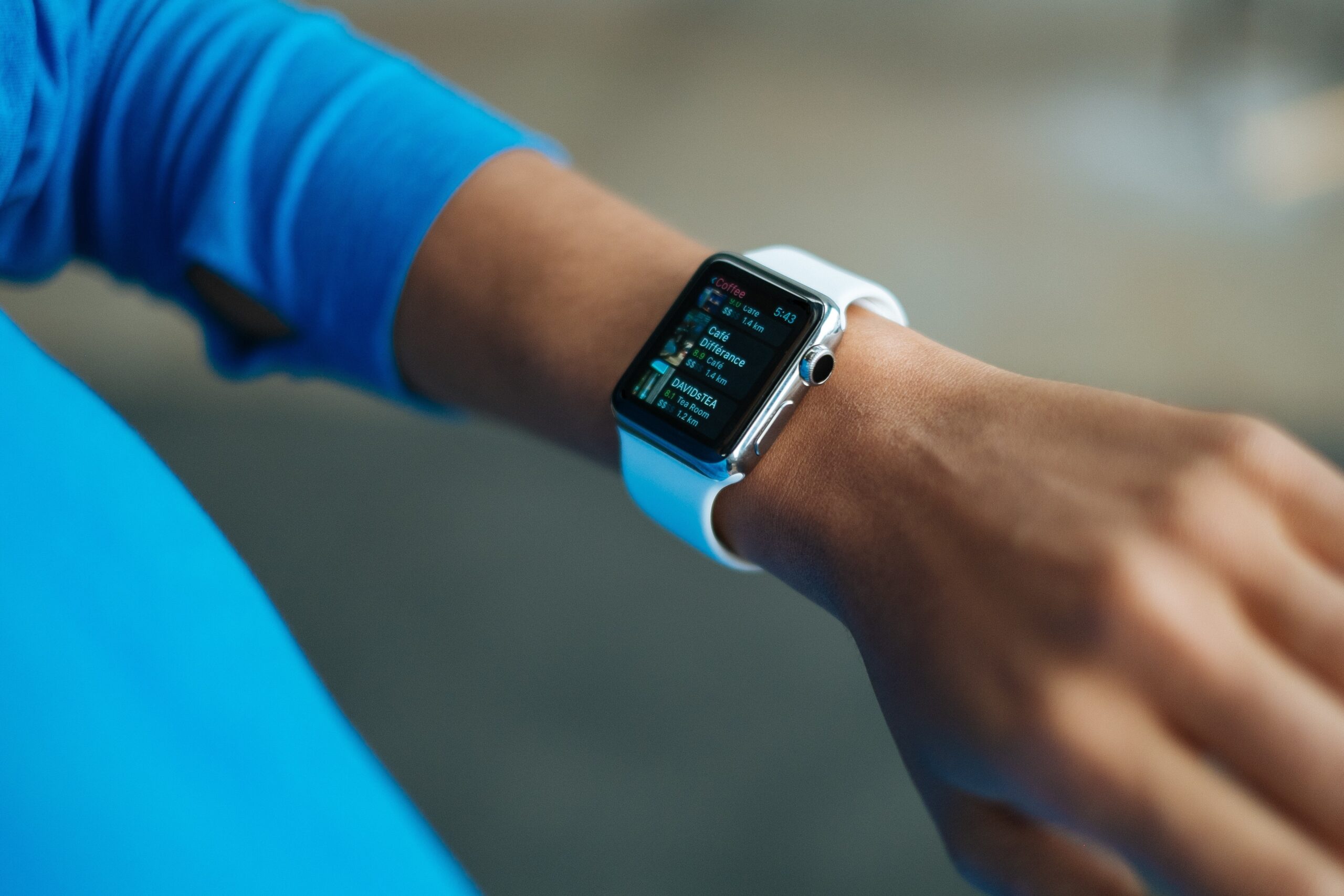In today’s world, lower back pain has emerged as a common grievance among people of all age groups. This can be caused by many things. It can be injury-related, posture or simply living a sedentary life.
Although there are multiple factors that can contribute to lower back pain, one often overlooked area of concern is the state of our glute muscles.
These powerhouse muscles, comprising the gluteus maximus, gluteus medius, and gluteus minimus, play a pivotal role in stabilizing and supporting our spine and pelvis.
As mentioned previously, plenty of times it’s due to sedentary lifestyles leading to weak, underactive glutes, sometimes also even too tight and tense. The correlation between the strength of our glute muscles and the health of our lower back is undeniable.
Before we jump into glute exercises to reduce lower back pain, let’s go over the anatomy to have an understanding of how the glutes can hurt the lower back.
Anatomy of the Glutes
There are 3 major muscles within the glutes.
Gluteus Maximus
This is the largest of the three gluteal muscles and is responsible for the shape of the buttocks. Its primary roles include hip extension, outward rotation, and abduction of the thigh.
Gluteus Medius
Positioned slightly above and to the side of the gluteus maximus, its main functions are to abduct the thigh and stabilize the pelvis during walking or running.
Gluteus Minimus
This is the smallest of the three, lying beneath the gluteus medius. It works in tandem with the medius to assist in thigh abduction and pelvic stabilization.
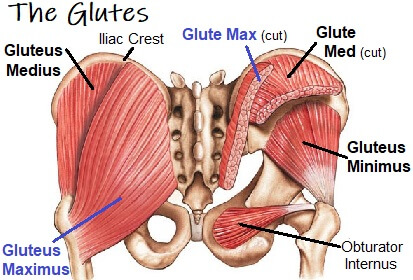
Image from: https://www.knee-pain-explained.com/gluteus-maximus
How Weak Glutes Affect the Lower Back
When the glutes are weak, other muscles in the lower back and hips often have to compensate for this lack of strength. This can lead to an overuse of these compensating muscles, resulting in strain and discomfort.
Specifically, weak glutes can destabilize the pelvis, forcing the muscles of the lower back to work harder to maintain an upright posture.
How Tight Glutes Glutes Affect the Lower Back
Tight gluteal muscles can pull on the sacrum (the base of the spine) and create an imbalance in the pelvis.
This can lead to a condition known as anterior pelvic tilt, where the pelvis rotates forward and downward. This tilt places excessive strain on the lumbar spine, leading to discomfort and increased susceptibility to injury.
Proper stretching and myofascial release can aid in relieving this tightness and restoring balance to the posterior chain.
Here is an example of what an Anterior Pelvic Tilt looks like:

Image from https://www.physiopoint.ie/post/what-is-anterior-pelvic-tilt
Exercises to Fix Weak Glutes
We’ve now covered how weak and tight glutes can specifically cause lower back pain. Let’s now go over exercises you can incorporate to help strengthen your glutes.
Hip Thrust
This exercise targets the Glute Maximus
Equipment:
- Bench
- Barbell (can also be done with Dumbbell or Kettlebell)
How to Perform:
- Start by sitting on the ground with a bench behind you and a padded barbell over your hips.
- Lean back against the bench so that your shoulder blades are near the top of it.
- Plant your feet firmly on the ground, shoulder-width apart, and bend your knees.
- Drive through your heels, lifting the barbell by extending your hips. Your body should form a straight line from shoulders to knees at the top of the movement.
- Lower down with control and repeat.
Sets and Reps: 3-4 sets of 8-12 reps.
Video:
Lateral Band Walks
This exercise targets the Glute Medius
Equipment:
- Resistance band
How to Perform:
- Place a resistance band around your legs, just above your knees.
- Stand with feet shoulder-width apart, creating tension in the band.
- Lower into a slight squat position. This is your starting position.
- Take a step to the right with your right foot, followed by the left foot, maintaining tension in the band.
- Take a few steps in one direction and then switch, walking the opposite way.
Sets and Reps: 3-4 sets of 10-15 steps in each direction.
Video:
Clamshell Exercise
This exercise targets the Glute Medius
Equipment:
- Resistance band
How to Perform:
- Start by lying on your side with your legs stacked on top of each other and your knees bent at a 90-degree angle. Your feet should be in line with your glutes.
- Keep your feet touching each other and use your gluteus medius to lift your top knee as high as possible without moving your pelvis or bottom leg. It will look like a clamshell opening.
- Lower the knee back down with control, ensuring that you don’t simply let gravity do the work.
- Keep your core engaged throughout the exercise to ensure you’re not rolling your hips back and forth.
Sets and Reps: 3-4 sets of 12-20 reps on each side.
Video:
Exercises to Fix Tight Glutes
If you want to check out an article dedicated to tight glutes, you can view that here.
Pigeon Pose
How to Perform:
- Begin in a plank or push-up position.
- Bring your right knee forward and place it behind your right wrist. Your right foot should be in front of your left wrist, angling it towards the left.
- Slowly slide your left leg back, straightening the knee while lowering your hips towards the floor.
- Ensure that your right heel is in front of your left hip.
- Keep your hips square to the ground. If the right hip is not touching the ground, you can use a yoga block or folded towel under the hip for support.
- Hold the position, feeling a deep stretch in the right glute. You can fold forward over your front leg to deepen the stretch.
Video:
Seated Figure-Four Stretch
How to Perform:
- Sit on the floor with your legs extended straight in front of you.
- Bend your right knee and place the ankle above your left knee.
- Flex your right foot to protect the knee.
- For a deeper stretch, gently press down on the right knee with your hand or lean forward from the hips.
- Feel the stretch in the right glute and hold for 30 seconds to 1 minute, then switch sides.
Video:
Foam Rolling / Myofascial Release the Glutes
How to Perform:
- Sit on a foam roller with your knees bent and feet flat on the ground.
- Cross your right ankle over your left knee in a figure-four position.
- Lean towards the right side, placing weight onto the foam roller.
- Slowly roll back and forth, allowing the foam roller to massage and release tight spots in the right glute. Adjust your position to target different areas of the muscle.
- Spend 1-2 minutes on each side.
Video:
Final Thoughts
A sedentary life can simply be causing your lower back pain due to inactive and underused muscles.
Performing the exercises mentioned above will make your glutes stronger and can help alleviate the tension in your lower back if this is the issue.
Although not all lower back issues are the same, in today’s society where we sit too much and are as inactive as we are, you will be surprised that inactive glutes cause so many issues.
Even for those who lift, exercises like Squats sometimes are just not enough.
Photos by: Mikhail Nilov
